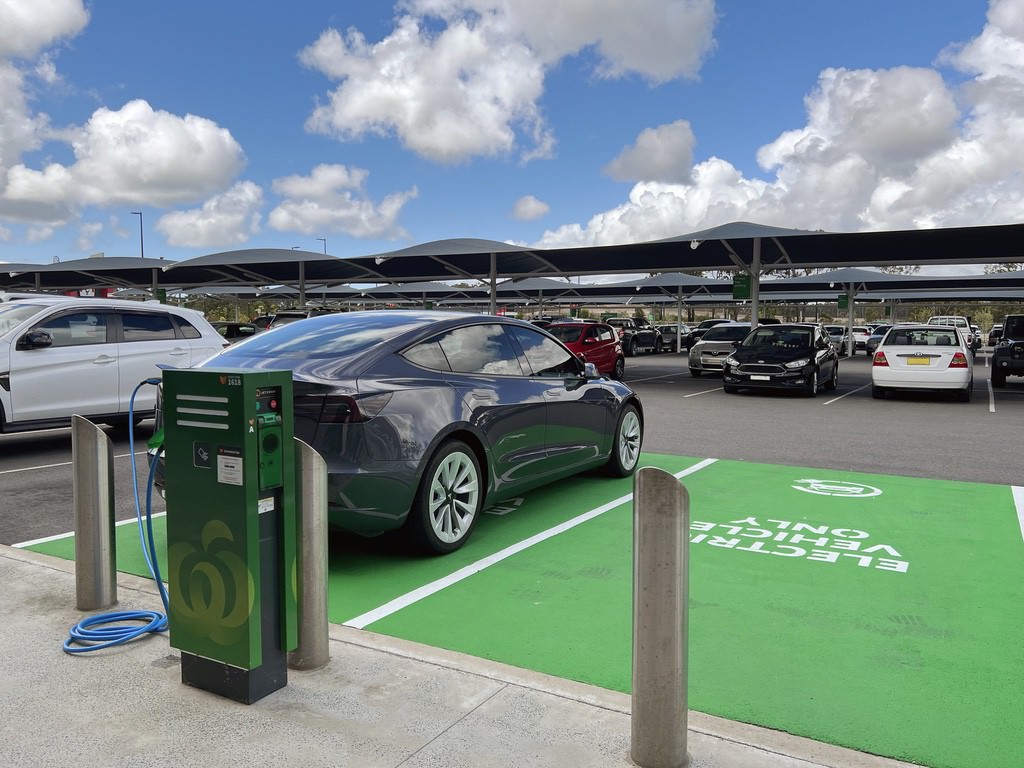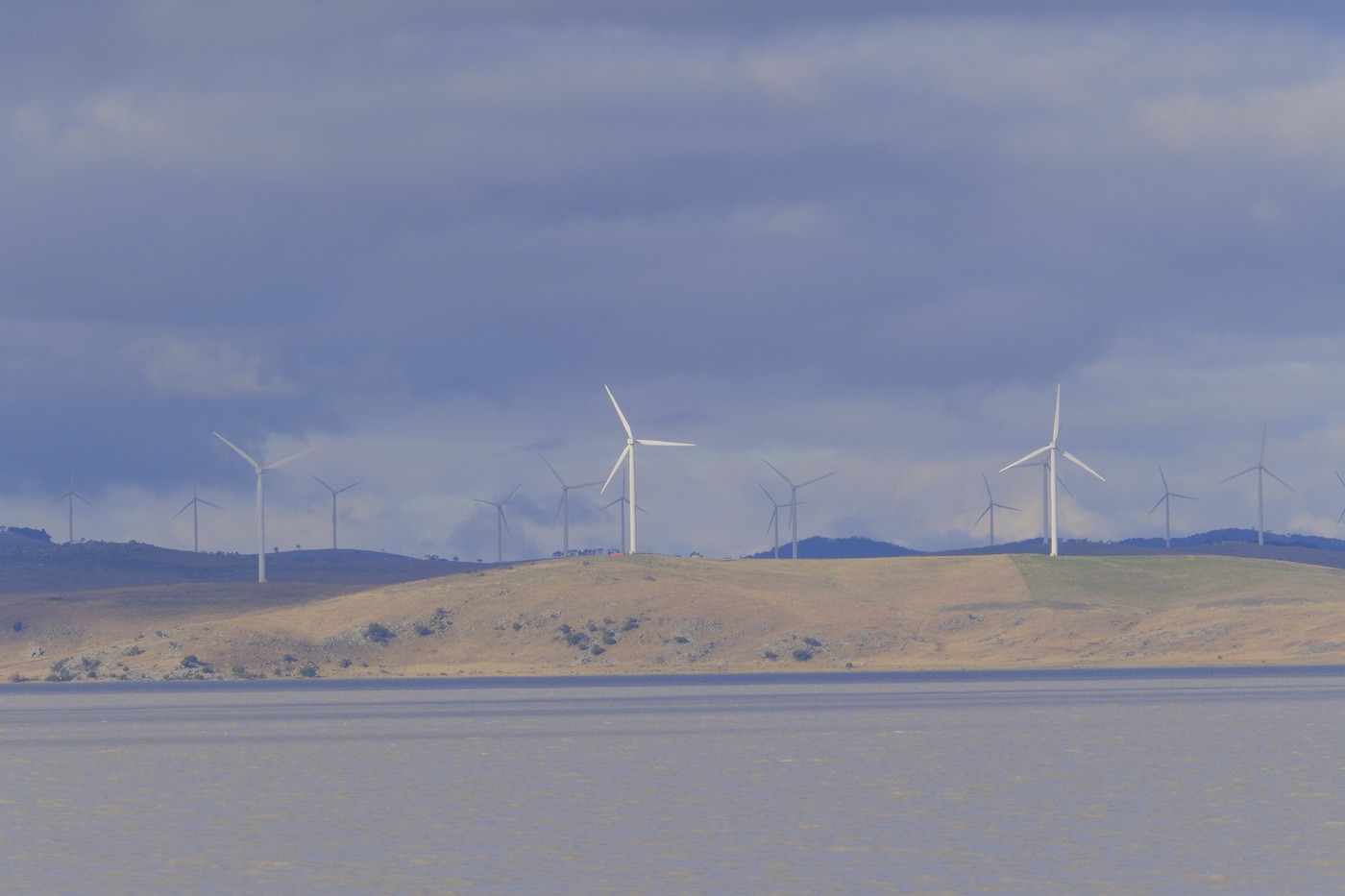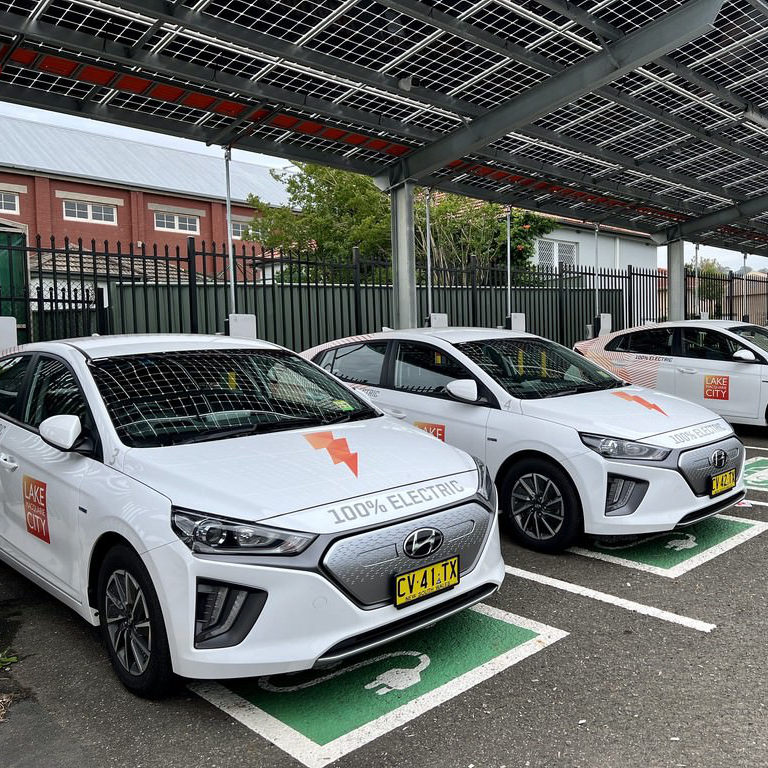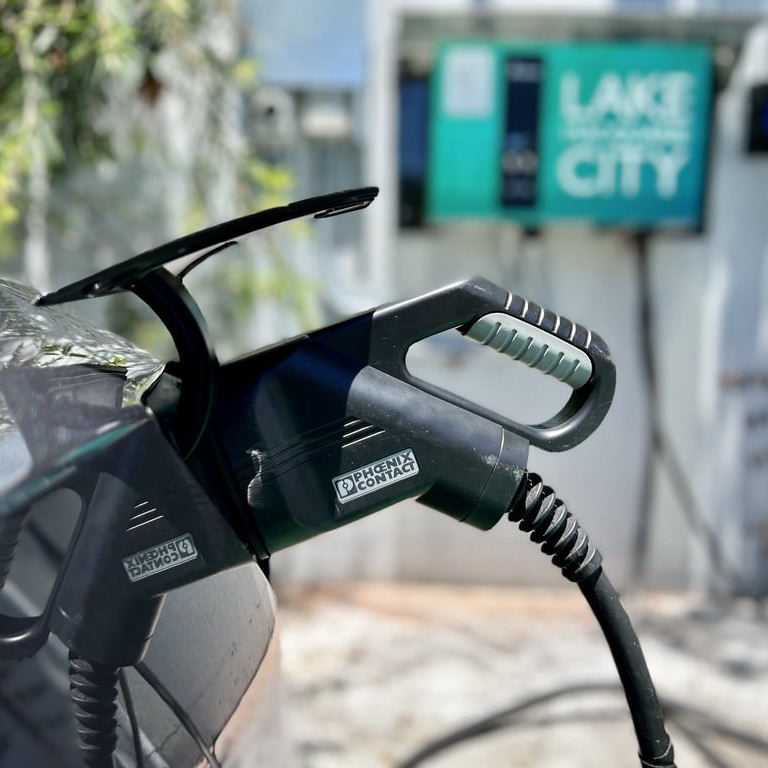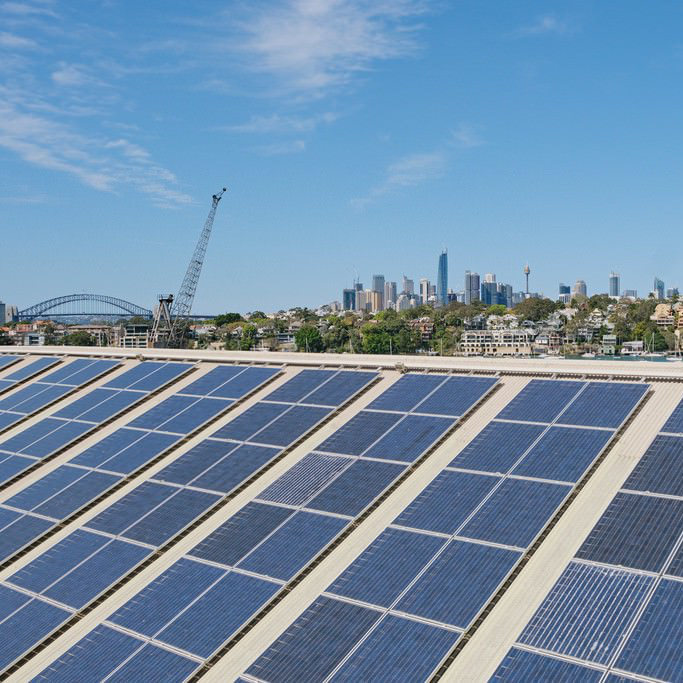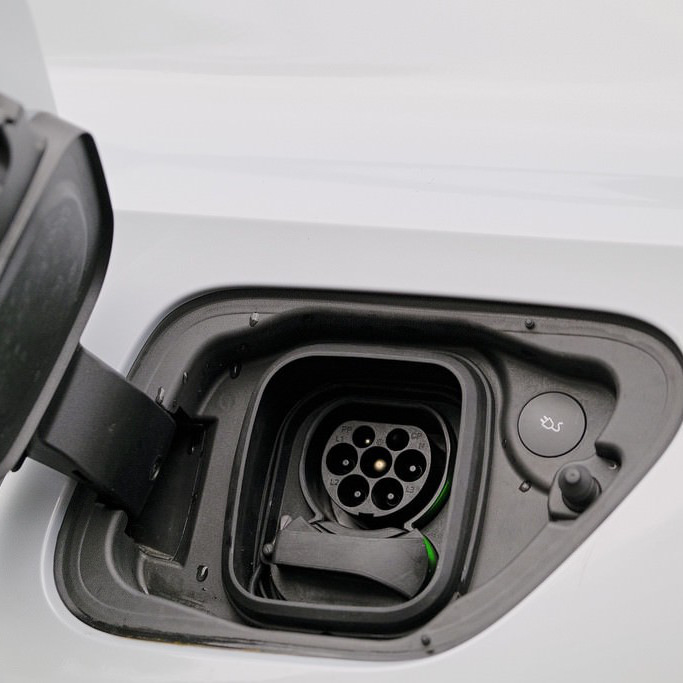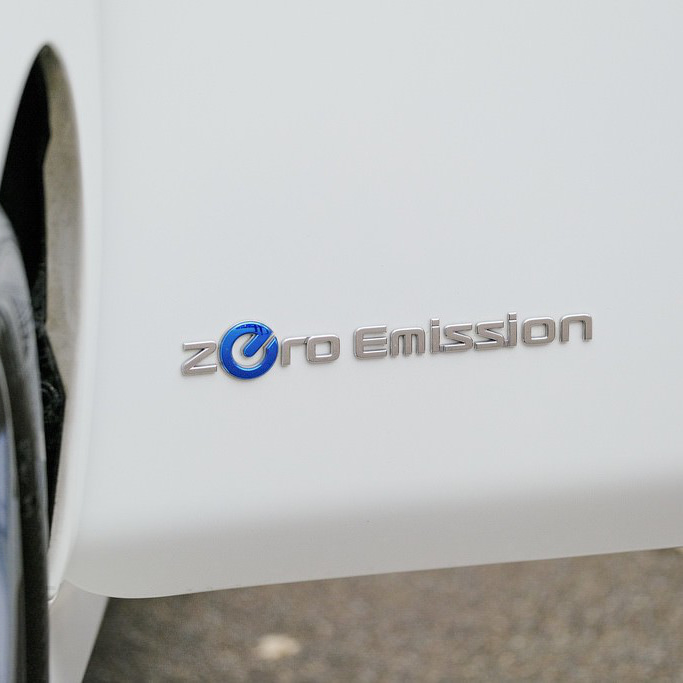November 2021
Australia Post went electric for Christmas deliveries, while South Australia expanded EV incentives, adding free registration and delaying a proposed road tax. Tritium continues to shine globally, winning “Charging Manufacturer of the Year” in the UK, as Australian petrol station chains and shopping centres like Vicinity plan widespread charger installations. Tesla made headlines with 10,000 Model 3 shipments in 2021, and its Powerpacks are now powering community battery projects. Meanwhile, MG’s Charge Hub giveaway will see up to 3,000 chargers donated nationwide. IKEA is also leading by example, offering free EV charging for customers and staff. Infrastructure is scaling up, with grid upgrades underway and new networks popping up in partnership with Hungry Jack’s and Evie Networks. Exciting innovation includes a Brisbane engineer’s plan for a towing-capable electric Pajero, and SEA Electric powering its Melbourne factory with solar. As 4WD enthusiasts ask “Are we there yet?” on the EV frontier, big questions loom—like the future of service stations in a post-petrol world. Still, with cities earning sustainability accolades and brands announcing all-electric timelines, Australia’s clean transport future is looking more inevitable—and more electric—by the day.
See News